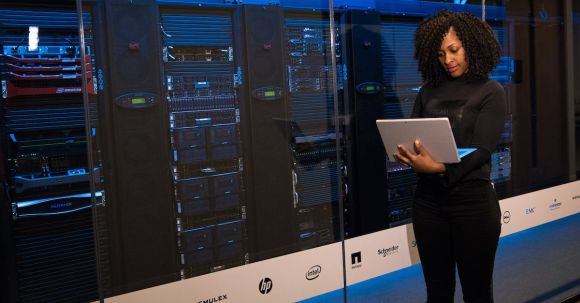In today’s digital age, the demand for faster and more efficient data processing is ever-increasing. As a result, new technologies and concepts are emerging to meet these demands. One such concept is edge computing, which aims to complement the cloud and address some of its limitations. In this article, we will explore how edge computing can enhance the capabilities of the cloud and revolutionize the way we process and analyze data.
What is Edge Computing?
Before delving into the ways edge computing complements the cloud, let’s first understand what it is. Edge computing is a decentralized approach to data processing that brings computation and data storage closer to the source of data generation. Unlike traditional cloud computing, where data is sent to a centralized server for processing, edge computing allows data to be processed locally on devices such as smartphones, sensors, and IoT devices.
Enhancing Speed and Latency
One of the key advantages of edge computing is its ability to enhance speed and reduce latency. With the cloud, data has to travel from the source to a remote data center for processing, which can introduce delays. However, with edge computing, data processing occurs locally, eliminating the need for data to travel over long distances. This reduced latency is especially critical for applications that require real-time processing, such as autonomous vehicles and industrial automation.
Improving Reliability and Resilience
Another area where edge computing complements the cloud is in improving reliability and resilience. In traditional cloud computing, if the network connection between the source of data and the cloud server is lost, data processing becomes impossible. However, with edge computing, data processing can continue even if the network connection is temporarily disrupted. This is achieved by leveraging local computing resources, ensuring that critical operations can still be performed even when connectivity is lost.
Addressing Bandwidth Constraints
Bandwidth constraints can be a significant bottleneck in cloud computing. Sending large volumes of data to the cloud for processing can strain network infrastructure and lead to increased costs. Edge computing helps alleviate this issue by performing data processing locally, thereby reducing the amount of data that needs to be transmitted to the cloud. This not only reduces bandwidth requirements but also minimizes the associated costs.
Enhancing Data Privacy and Security
Data privacy and security are major concerns in the digital age. With the cloud, sensitive data is often sent to remote servers, raising concerns about unauthorized access and data breaches. Edge computing addresses these concerns by keeping data local and minimizing the need to transmit sensitive information to the cloud. This localized approach to data processing enhances privacy and reduces the attack surface, making it an attractive solution for industries dealing with sensitive data.
Conclusion: A Complementary Future
As we move towards a more connected world, the need for efficient data processing and analysis becomes paramount. Edge computing, with its ability to enhance speed, improve reliability, address bandwidth constraints, and enhance data privacy and security, is set to complement the cloud and revolutionize the way we handle data. By bringing computation and data storage closer to the source, edge computing offers significant advantages over traditional cloud computing. As technologies continue to evolve, it is clear that edge computing will play a critical role in shaping the future of data processing.





